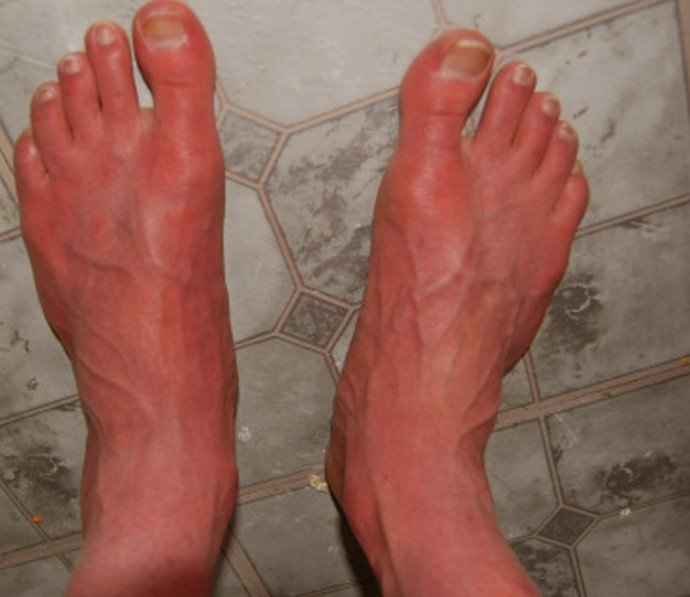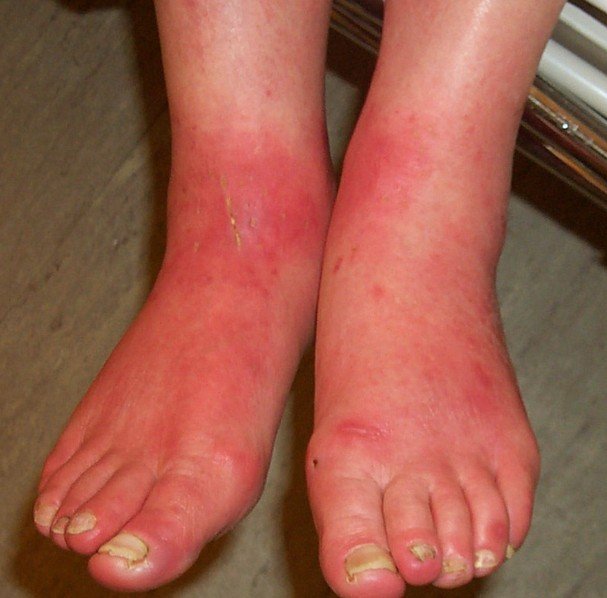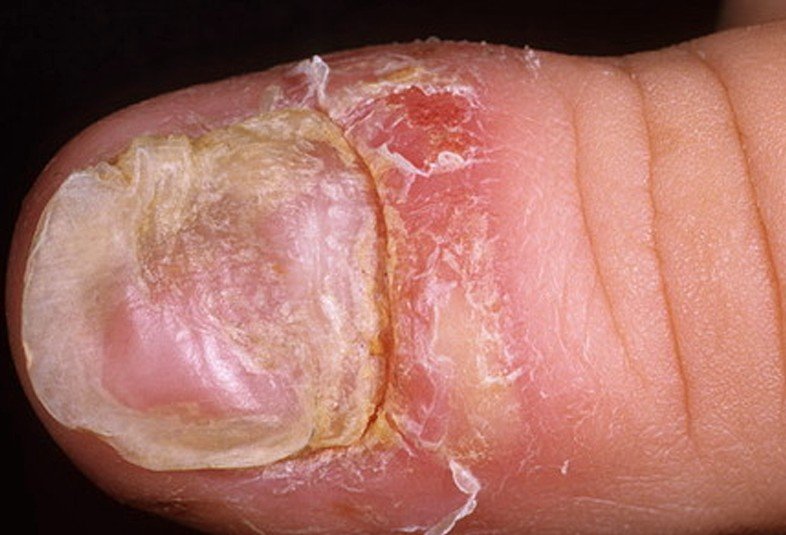Nausea after Eating
Nausea after eating is a common discomfort that plagues both the young and old. The feeling of irritation and being unsettled in the stomach shortly after eating is not something anyone feels cheerful about. This could be made worse sometimes when it comes with some sort of imbalance and secretion of excessive saliva. Nausea can be a real pain in the neck because it somewhat places a limit on the kind of food you can eat, upsets your mood, impinges interaction with people and overall affects your quality of life.
No matter how long you have had this problem, the good news for you is that it has a solution. Your problem is treatable and it can be handled in a professional manner and you will have the quality of your life back. So, you can even share this good news with any friend or relation you know of who might be suffering the condition too. You don’t enjoy the relief alone. Do you?
Nausea after eating, in most cases is nothing to worry about but at some other time, it could be a signal that all is not well in the body. In this post, a careful effort has been made to explain what nausea after eating is, the symptoms, what causes it, when to raise the alarm and the effective treatment. It is a very educative and well researched piece. We hope you find it quite useful.
What is Nausea after Eating?
Nausea is an unpleasant feeling of wanting to vomit. This sensation usually comes before vomiting but in some cases it also occurs alone, that is, without vomiting. Nausea after eating can vary from just minor and temporary to severe and even protracted experience.
Nausea is a non-specific symptom which means there is a plethora of symptoms that accompanies the unpleasant irritation of nausea and they include:
- The urge to vomit
- Chest pain
- Diarrhea
- Feeling of dehydration
- Weakness
- Stomach pain
- Dizziness
- Fatigue
- Headache
Causes of Nausea after Eating
There is a wide range of reasons why you may experience nausea after eating; it is almost impossible to discuss all the causes of nausea exhaustively. Some of the most common reasons have been clearly explained below.
Food poisoning
This has been established by the Centre of Disease Control and Prevention as one of the leading causes of nausea after eating in the United States. Food poisoning is the feeling of upset and irritation of the stomach as a result of eating stale food or food contaminated by microbial toxins. Eating such food causes nauseating feeling shortly afterward. Eating meat that are poorly cooked or not refrigerated can be harmful, as such meat may contain bacteria like C. botulinum or E. coli which are known causes of food poisoning. Other presenting symptoms related to food poisoning include vomiting, stomach cramps, fever and frequent stooling.
Gastroenteritis
This is also referred to as gastric flu. It is one of the most common causes of nausea; it is an infection that leads to the inflammation of the stomach and intestines. It is a very highly infectious illness, which spreads directly from infected food, water or when you get in contact with anyone who is infected and do not wash your hands afterward.. Besides nausea, other symptoms of gastroenteritis include diarrhea, stomach pain, fever etc.
Acid reflux
This is a condition in which food is regurgitated from the stomach to the esophagus. In normal condition, the stomach is structured in a way to prevent food that goes in from flowing back. This is made possible by a ring of muscle which acts as a valve. However, when it becomes defective, it allows content of the stomach to flow back causing nausea and heartburn.
Indigestion
We have all experienced this at one time or the other. Indigestion or dyspepsia as it is also called is associated with eating. Although not a disease, it could be caused by infections or certain medications. It is used to describe discomforting stomach upset or upper abdominal pain. In pregnant women this is a common occurrence that results because of hormonal change during pregnancy. Indigestion occurs in up to 80% of pregnant women at one stage or the other causing discomfort. The accompanying symptoms are heartburn, bloating, burping and nausea.
Food allergies
This is often responsible for a high rate of nausea after eating. The allergens which trigger such nauseating reactions could come from food preservatives and additives or even the food itself. Food allergies could have much more serious symptoms like vomiting, cramping and diarrhea. Foods which may cause allergy include peanut, egg, milk, shellfish, mustard, fish, walnut, some fruits and vegetables.
Meat allergy is also a well-known cause of nausea. A little bite of red meat Lone Star Tick is enough reason to trigger an irritating feeling of nausea. It is also possible to be allergic to other meat such as poultry.
Morning Sickness
This is a medical term used for ‘nausea and vomiting during pregnancy.’ Nausea during pregnancy is a familiar occurrence which is often associated with early signs of pregnancy and common symptom of the first trimester of pregnancy and sometimes beyond in some women. The symptoms are much more severe mostly in the morning.
Stress
Stress can trigger off a lot of chain reactions in the body, including nausea. In some cases, it could progress to vomiting itself. Stress is not a disease condition but the body’s reaction to stressors or any condition that exerts unusual pressure on it. Nausea caused by stress can also be accompanied by fatigue.
Peptic ulcer
Just like in acid reflux, there is excessive production of gastric acid in peptic ulcer. This sometimes flows back into the esophagus and triggers nausea after eating.
Blood Sugar
There is strong connection between sugar and nausea. Abnormal blood sugar can lead to a feeling of nausea. Infrequent eating can lead to low blood sugar or hypoglycemia causing nausea, headache and lightheadedness as though the body is starved of energy. In some occasion sugar malabsorption, the inability in some people to break down sugar in the small intestine can also result in low blood sugar. During hyperglycemia, when the blood sugar is too high, a person may also nauseated. This is usually common in diabetics.
Menstruation induced Nausea
Various reasons are responsible for nausea during period. For instance, a woman’s hormonal level changes during period and this sometimes prompts the secretion of gastric juice in higher volume in the stomach. The presence of hydrochloric acid in the gastric juice causes feeling of nausea.
Nausea could also result from dysmenorrhea occasioned by the production of prostaglandin by the lining of the uterus during menstruation, causing contraction, pain and consequently nausea.
There is also a more serious reason for nausea during period. It is called endometriosis. This is a condition in which the endometrium is found outside the uterus. When the lining, like other menstruation producing lining break down, because it has nowhere to go, it causes severe cramp and nausea.
How to get rid of Nausea after Eating
Sitting still in an airy place is a good way to stop nausea. Relax for about an hour after meal in a position where you can keep your head slightly propped up to ease the pressure on your stomach. This will definitely make you feel better. Moving around shortly after eating can aggravate the feeling of nausea
Find a way of ridding yourself of anxiety. Stretch, take a deep breath and take your mind off issues that cause anxiety.
Stay Away From Strong Odor
Certain smell can churn the stomach and irritate the bowel, and getting in contact with such odor could only be an invitation to trouble. It is better to stay away from strong irritating smells that trigger or worsen the condition. Typical nausea trigger include paint, perfume, caffeine etc.
When nausea is accompanied by vomiting and diarrhea, a feeling of dehydration and dry mouth sets in. It is important to rehydrate as quickly as possible to help check the risk of electrolyte imbalance and other complication from arising. Sipping water and juices slowly will help to get rid of the nauseous feeling. A number of juices to consider include flat soda, ice chip, ginger ale, apple juice. However, you should avoid acidic fruit juice like orange and grape juice, as well as caffeinated sport drinks.
As much as your stomach is being irritated from eating, avoiding food altogether is not a solution because that could worsen the situation. However, it is important to stay away from consuming heavy solid foods and fatty foods as well. Eat bland and light foods like salt crackers, bread, banana etc
Anti-Emetic drugs
Some drugs can be obtained over the counter to help suppress nausea and vomiting. Pink Bismuth, and emetrol and others which are available for pick up in local drug stores and supermarkets without prescription can give an almost instant relief.
Alternative Remedy
The good news about getting alternative ways to rid nausea is the fact that some of the natural remedies are readily available to us in our homes. They include:
Ginger
This highly medicinal rhizome has been used traditionally as an effective anti-nausea remedies for many centuries by different cultures. Several studies suggest that ginger works better than placebo in relieving nausea after eating. All you have to do is grab and slice ginger root into a pot of boiling water. Leave for a few minutes, strain and drink and nausea is rooted out.
However, should you need to combine with other herbs, you are advised to do so under the supervision of a healthcare provider as the possibility of interaction with other herbs cannot be ruled out.
Peppermint oil
From over 500 years ago when man first discovered the medicinal use of peppermint oil, this wonderful extract which nature has blessed man with, has been an important part of the household. Peppermint oil is a very effective treatment for nausea and other gastrointestinal disorders. It has wide range of applications which Includes rubbing the oil on the feet or taking a bath with few drops in a cool or warm water for quick relief. Adding two or three drops into a glass of drinking water after meal has also been proven to aid digestion which is often the cause of nausea. Peppermint oil is known to work effectively in relieving irritable bowel disease (IBD) which millions of people suffer from every year.
Drinking Lemon Juice
Lemon serves in a wide range of beneficial health use including as natural remedy for nausea. Sucking on a lemon or drinking lemon water can help alleviate nausea symptoms. It could also be used as aromatherapy; the sharp smell of lemon when inhaled can help.
Prevention
Nausea after eating as has been explained is caused by several factors. Identifying these factors can help prevent the unpleasant consequences that come with it. Any of the following or combination of factors can help prevent the malaise:
- Identify the food to which you are allergic and avoid them
- Eating right and healthy: including more fruits and vegetable in your menu as well as drinking plenty water can help prevent nausea after eating. Also avoid spicy and fatty foods
- If it is pregnancy related, do not lie down immediately after meal. Avoid the intake of caffeinated drinks and alcohol
- To prevent nausea that arises from acid reflux, you avoid eating late to bed
- Being overweight might need you to shed a bit of the fat.
When to See a Doctor
You should seek medical attention if you start throwing up frequently and are not responding to home remedy.
Nausea after eating typically starts within 20-30 minutes after meal and lasts between 30 minutes to one hour. However, should it persist for up to a day and beyond, there is the need to visit the doctor urgently. When nausea is accompanied with a feeling of severe headache and confusion, you also need to see your physician
You should see the doctor if you have a feeling of weakness and experience issues with urination which are not normal. There is also the need to seek medical attention if there is coffee ground colored blood in your vomit.
Conclusion
Nausea after eating should not make you lose your shine. The tips we have provided in this post are enough to help you get rid of the nasty experience. However, if the suggestions fail to address your problem, it is advisable to see the doctor for further investigations and proper management.





































